You guys, Durga Puja is over. I’m upset at the moment but I’ll be fine. There’s always next year, right?
This year, I’m not going to be a sap and give you a thousand word summary on the festival and its significance. This year, I’m going to suck it up and just present you with the pictures. Also, I’m nursing a cold at the moment, so please forgive any typos and errors.
Alright, I realise some of you may not have the slightest idea about Durga Puja. So… here’s a tiny overview… Durga Puja is one of the biggest and most widely-celebrated Hindu festivals in my state and it occurs every Autumn, normally in the month of October. The festival is a 10-day-long affair. Goddess Durga is the most popular incarnation of Devi and is one of the main forms of Goddess Shakti in the Hindu pantheon. The name, Durga, translates into “the inaccessible” or “the invincible”.
Whew. That was short enough, right?
Let’s start with all the photos I captured.
A little disclaimer, most of these photos are of different Puja pandals and the various interpretations of the Goddess, created by the artisans.
Shashti (The Sixth Day): The first place I walked to was the Barowari Namghar, which houses one of the oldest – if not the oldest – Pujas in the city. The Goddess of the Barowari Namghar, I’ve noticed, over the years, looks a lot kinder. There’s this sweet and approachable aura to her.
I didn’t get to do much pandal-hopping on Shashti. The first place I wanted to visit before the crowds went berserk was the Puja at Nayantara Club. They had an interesting theme – their display showcased different stages of human evolution. There was even a large woolly mammoth in the middle of their display, which was garnering more attention and selfie shots than the idols. The Goddess and her children were inside a cave-like structure with a slithering anaconda guarding it (I was told that the snake guarding it was an anaconda by the girlfriend, since it was her local Puja – oh all these awkward translations). Anyway, the Goddess and her children were made to look like a part of the forest, greatly resembling trees.
Next, we paid the Santipur Puja a visit. The pandal was huge, resembling a bronze idol of the Goddess. The real idols of the Goddess and her children, inside, were gorgeous. Oh, and there were a couple of people dressed up as Shiva and Brahma outside the pandal, with 10 rupee notes stapled on their garments.
The Santipur Puja also has a electronic/mechanical show every year (which I miss these days, they used to be so popular) and I feel like their story and music wasn’t set in place when we visited. They just put on a light show and some horrible sound effects. Perhaps they were still testing for the “real” crowds that awaited them the next day.

Wires will forever block photos of the pandals. Here we have a Pandal made to resemble the Himalayas.

This style is more Bengali-inspired. The eyes are a lot more different than the ones that you see in Assamese Puja Pandals.
Saptami (The Seventh Day): I accompanied one of my Aunts and indulged in some pandal-hopping after spending majority of the day lazing around. We covered a large chunk of the Maligaon area. I’ll be honest, I still don’t know the names of the places we visited as I am not well-acquainted with the area.
The only place I knew of was Rest Camp. The Goddess there was beautiful but what excited me more was a fire-breathing Tyrannosaurus rex installed outside the pandal. My love for dinosaurs isn’t exactly a secret, so…
Another interesting interpretation was the Goddess standing in the middle of the heroes of the Ramayana.
Ashtami (The Eighth Day): Dare I say that the eighth day was a bit boring? In terms of Pandal-hopping, I mean. I only got to see two Puja pandals.
On the bright side, we had a big ol’ family get-together and dined out.
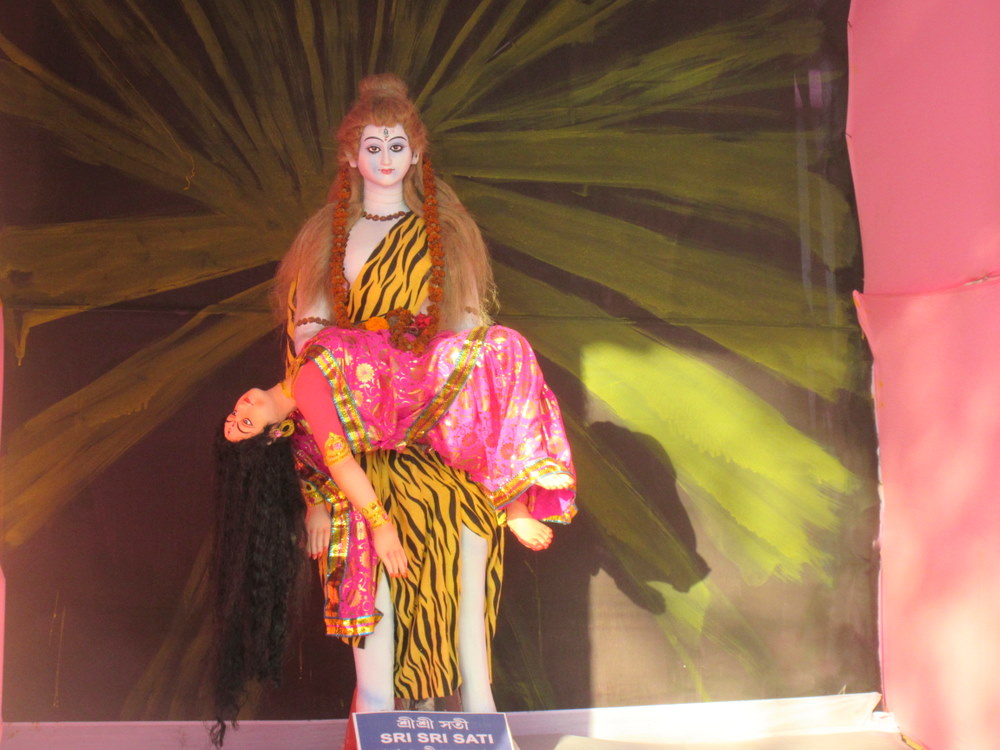
At Khanapara. Their theme was the several forms of Devi. This is Shiva carrying Sati, who is one of the primary forms.

At Khanapara. Their theme was the several forms of Devi. Here we have Goddess Durga, the invincible.

Sorry, Latasil – I was unable to check out the puja there. It’s usually one of the first places I check out. We decided to make it our last stop for the day but it started raining cats and dogs, forcing us to cancel. Next time, next time…
Navami (The Ninth Day): Navami was packed with pandal-hopping, from morning to midnight. The first place we stopped by was the Puja at my Aunt’s place (Mahi’r ghoror puja has an awkward translation).
The Puja at Khanapara was the most interesting and well-executed this year, I felt. They showcased the numerous forms of Devi. I only wish they had put down the origin stories of each Goddess or form with her name. The way they constructed the entire venue in order to make the flow of the crowd easier was also quite admirable. I only chose a handful of the Devi incarnations to put up here for you to see.
The puja at Rehabari was another interesting one. They portrayed man as the manifestation of evil, for man is the one destroying nature and turning our planet barren. The pandal was a reflection of what awaited us inside. There was no demon inside either; the Goddess was pointing her “trident: at a man who appeared to be carrying an axe, a woodcutter.
Khubchand was once renowned for their larger-than-life demon sculptures (which, honestly, was one of their main attractions). They recently started to shy away from those gigantic asura murtis and make normal ones instead. This year, while it wasn’t exactly a gigantic demon we got to see, we at least got to see a different form of the traditional demon. If you look closely, you’ll find that the Goddess is pulling the demon’s ears, hahaha!
We visited several other pandals too, each with their own stunning rendition of the Goddess.
Dashami (The Tenth Day): It was time to say farewell to the Goddess and her children. Not before having a gala time witnessing the parade to the riverside for the visarjan.
All in all, there goes another great Durga Puja celebration. Like I saide before, there’s always next year, right?
Now, it’s time to get back on track and respond to all those emails, messages and get back to the blogging schedule.
Hope you enjoyed this post.
♥







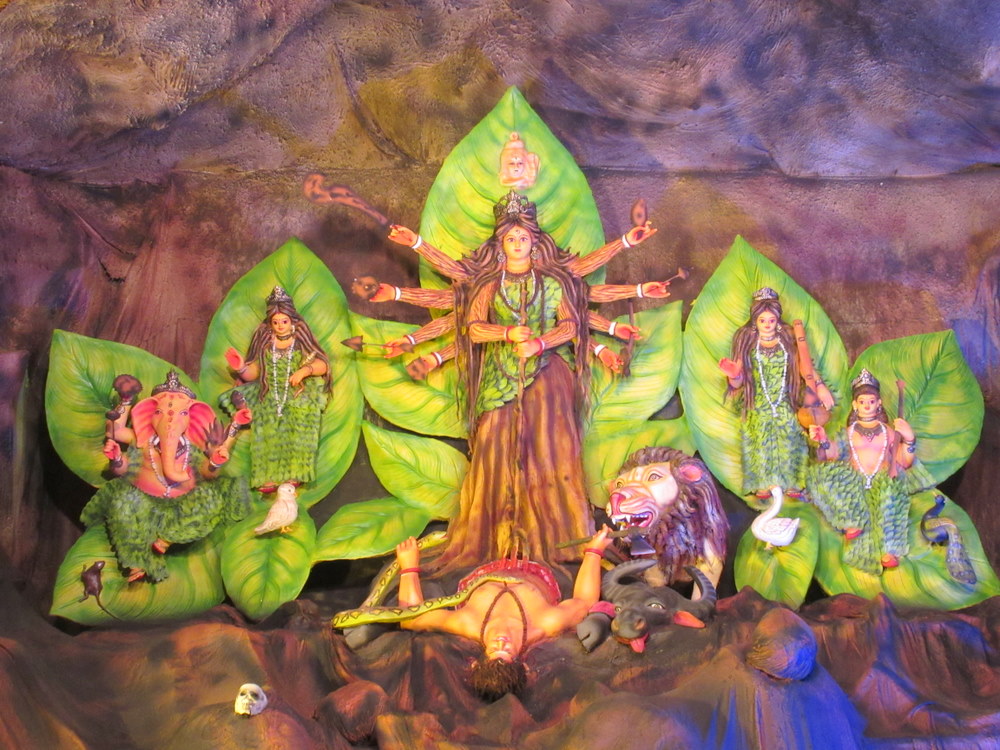


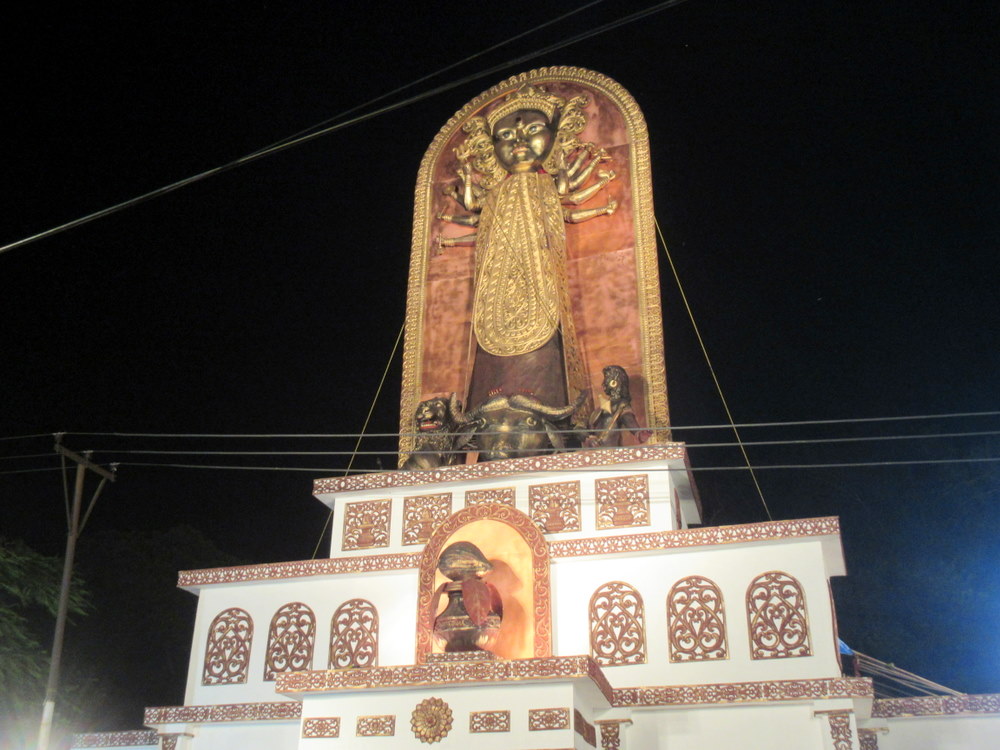
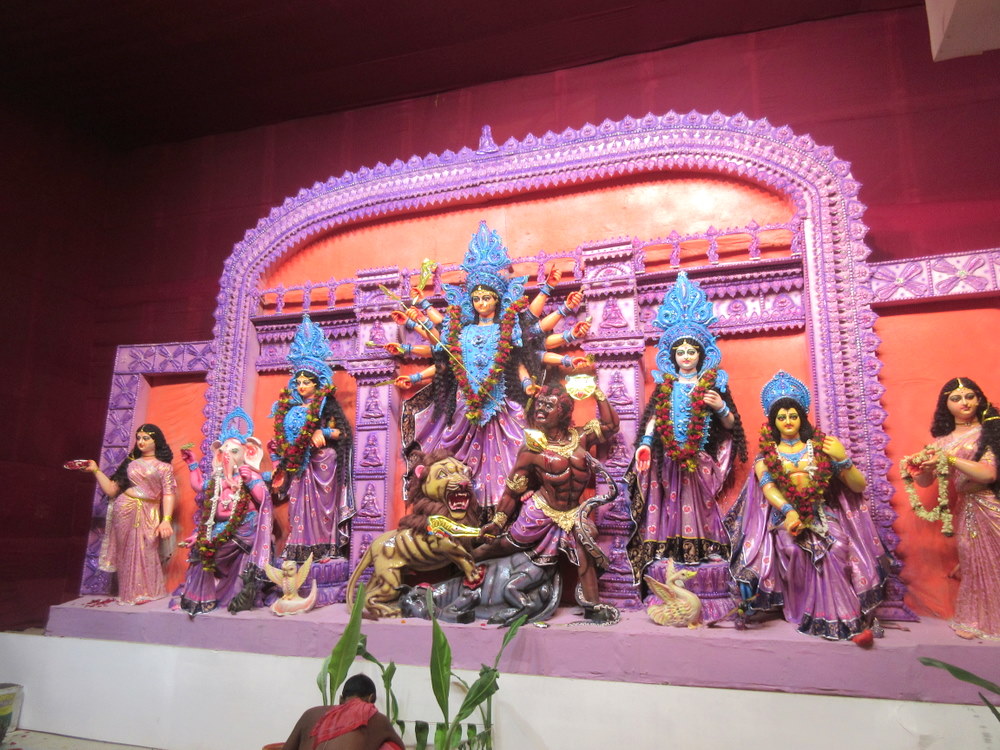
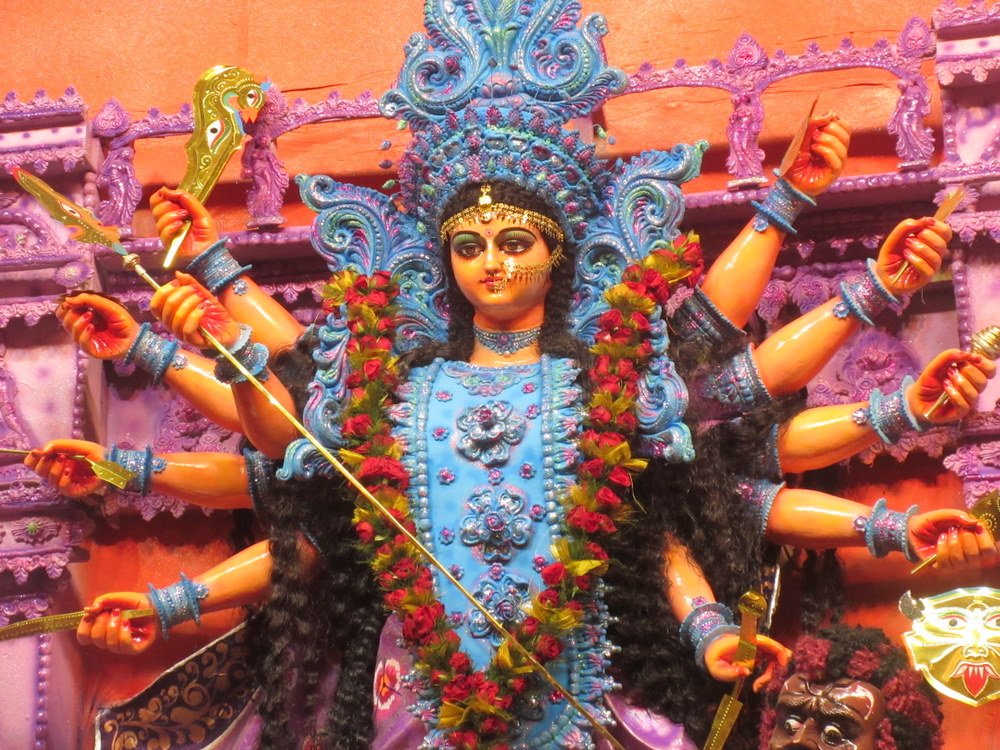



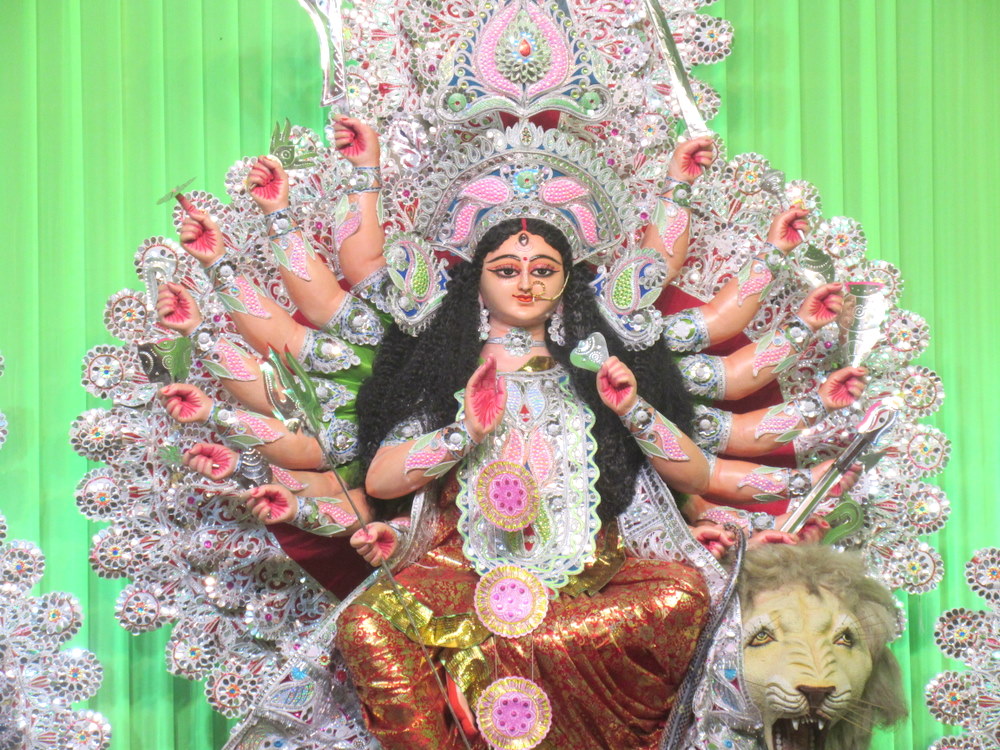



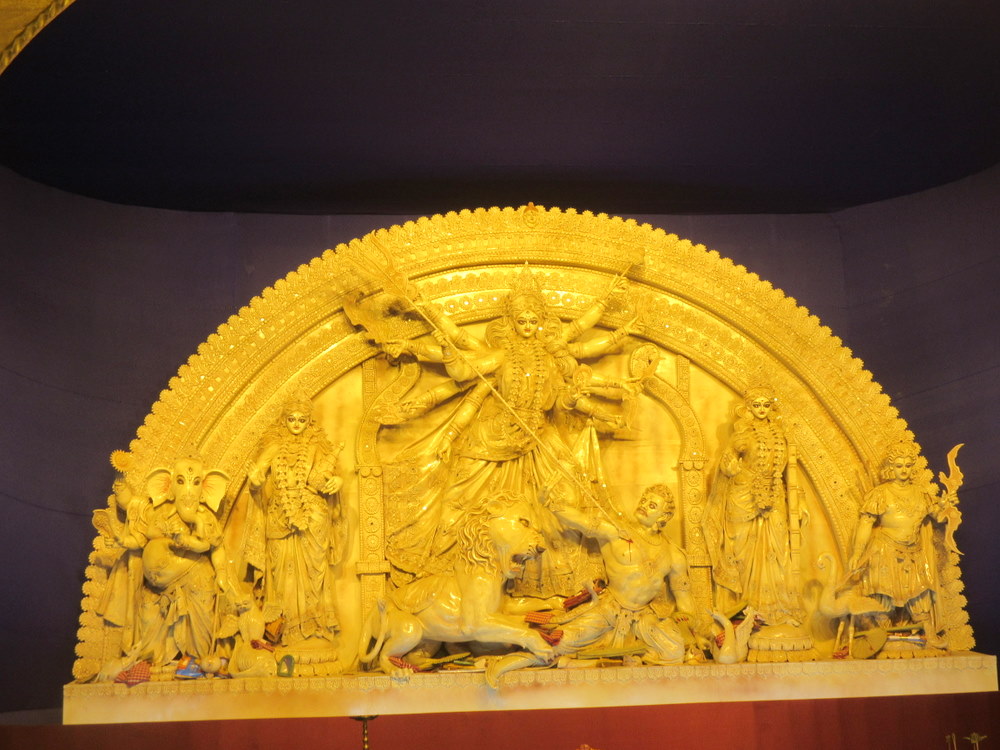

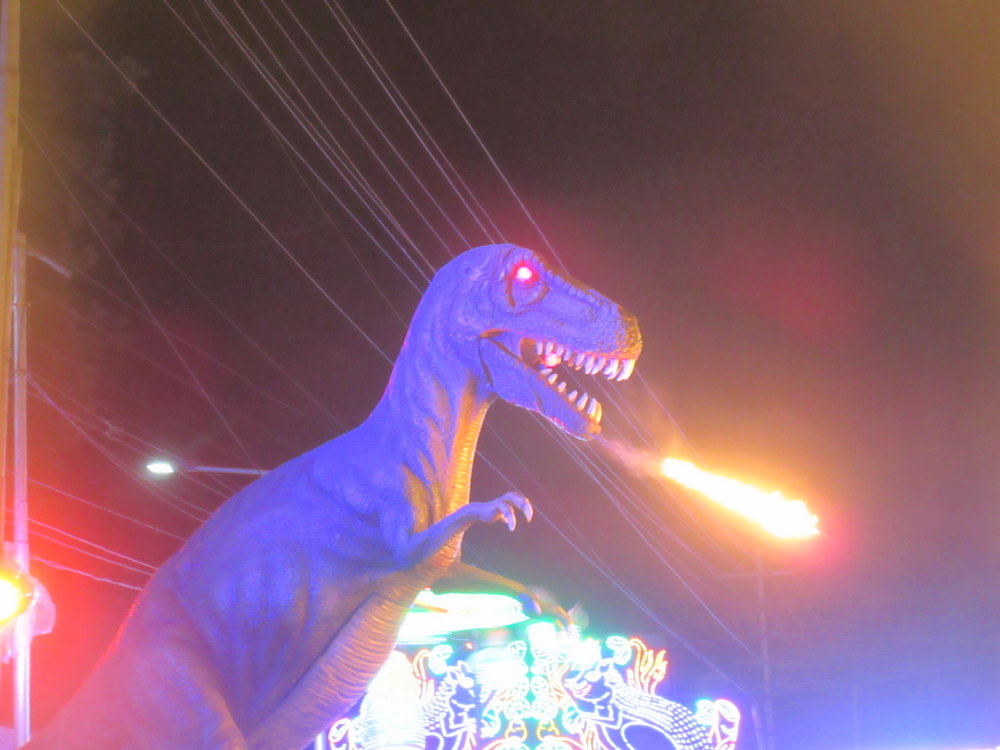
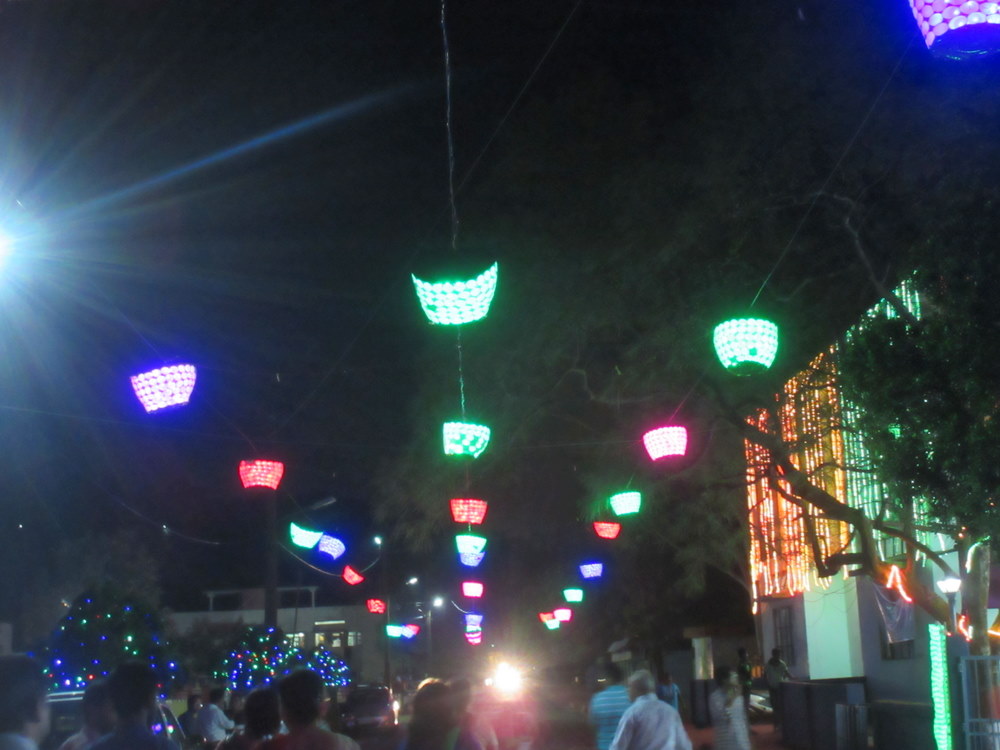




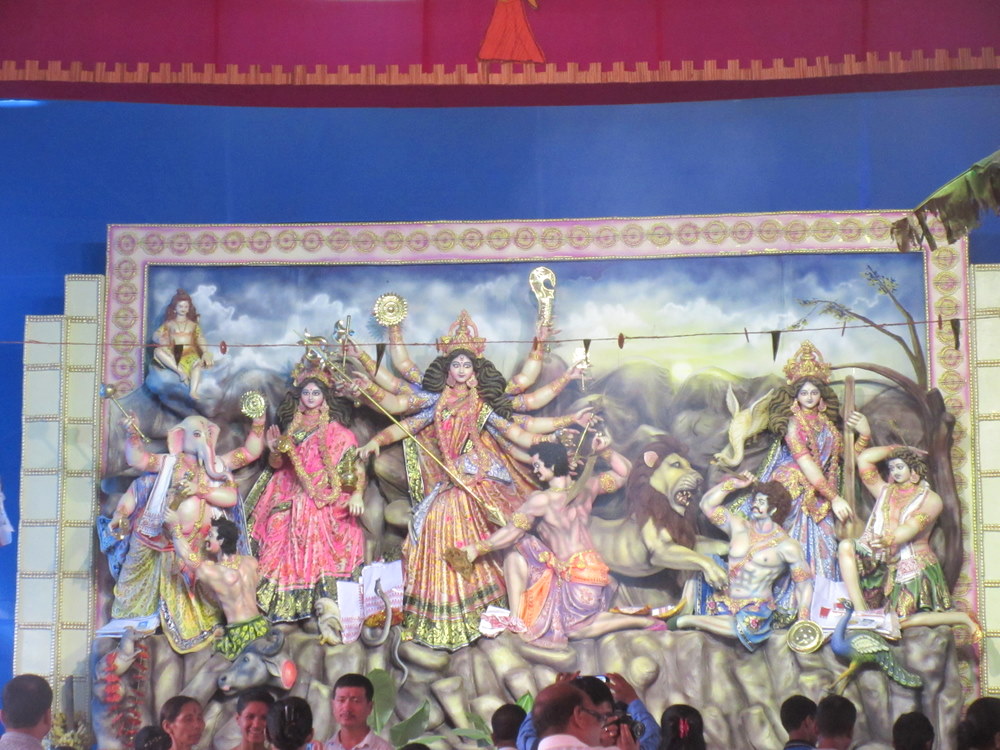


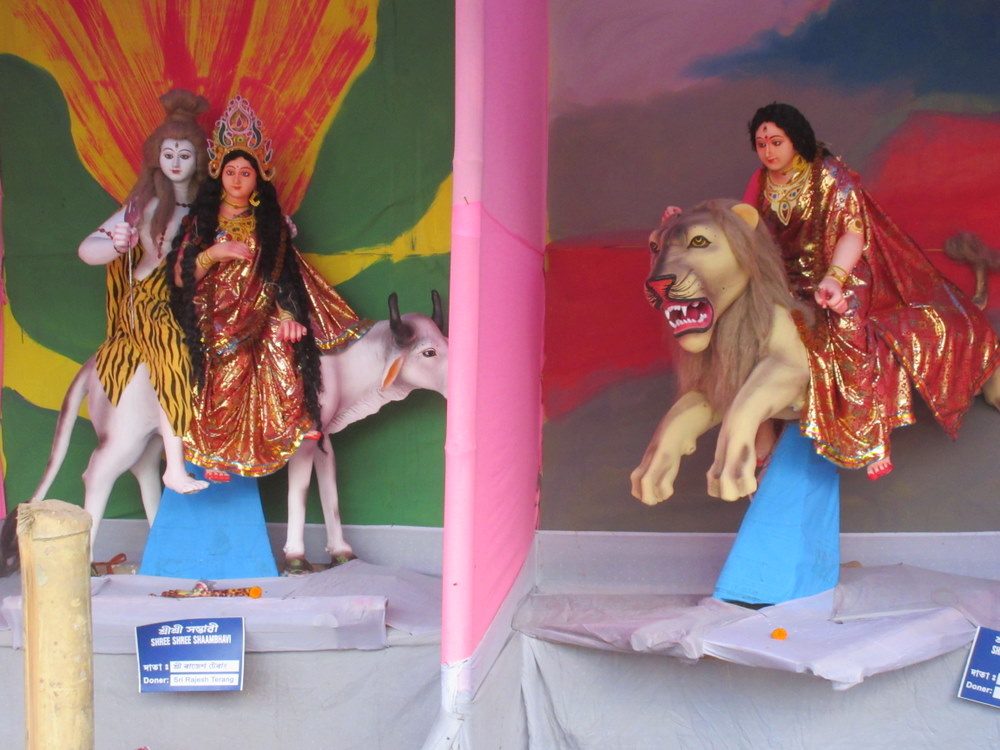
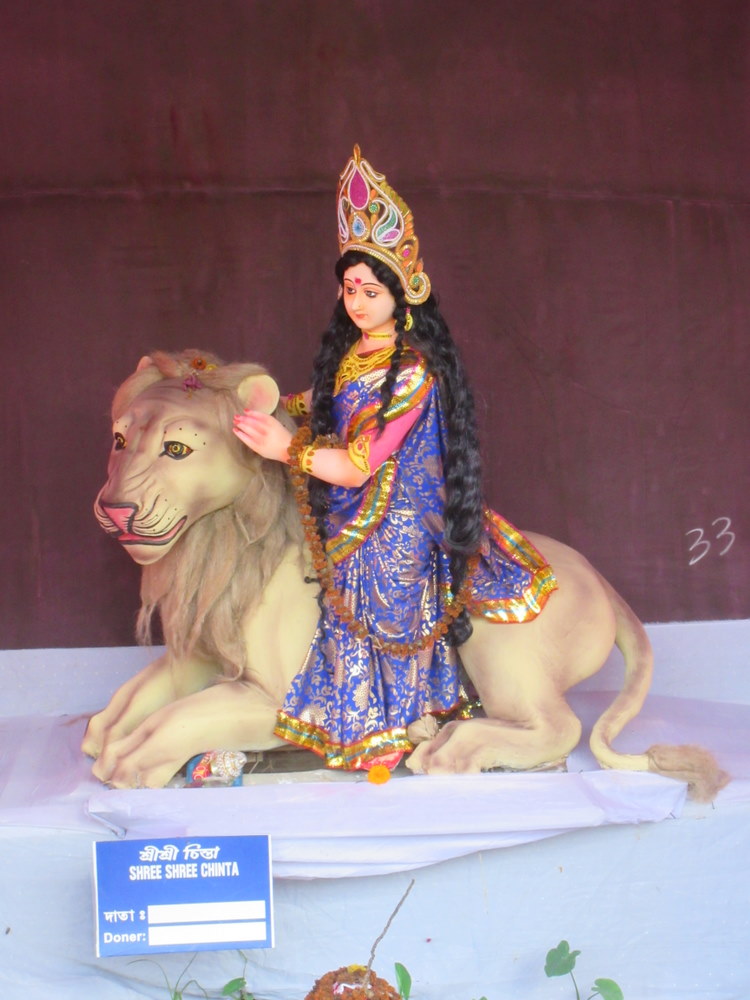





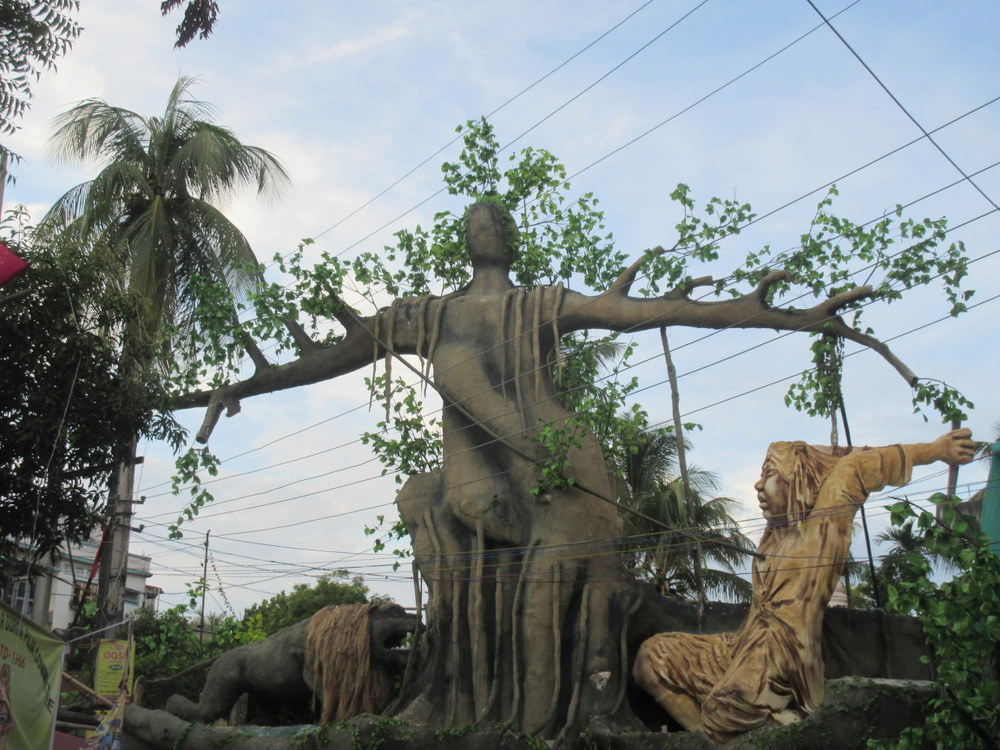


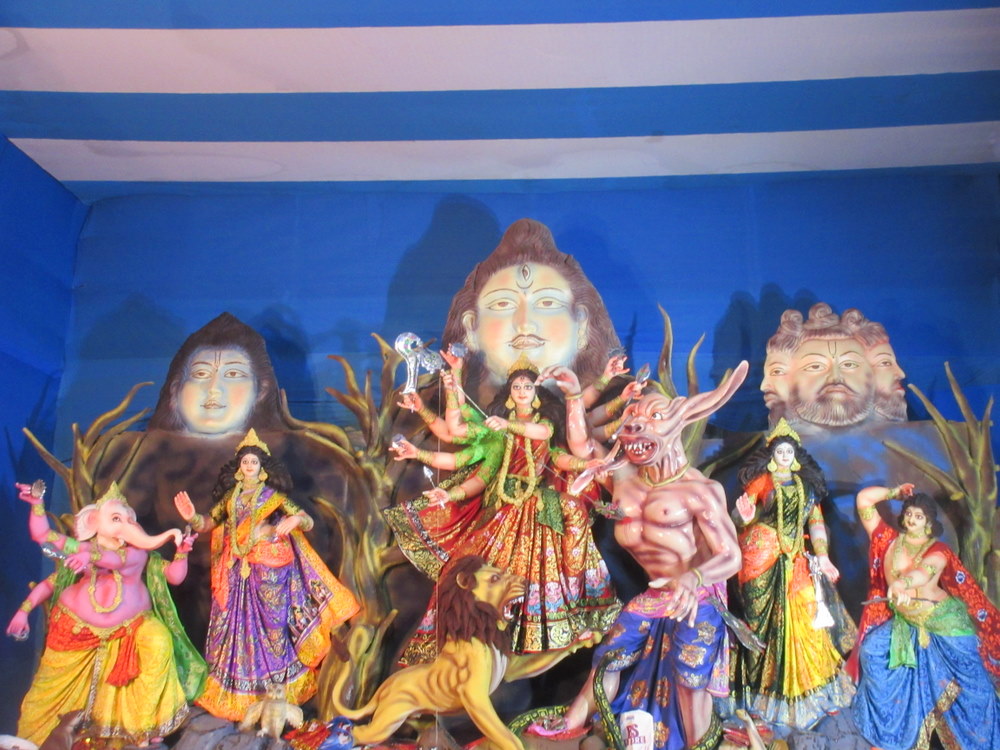








One Comment